Yoga Beyond the Mat
It was as a young adult that Barrie Risman—yoga teacher, public speaker, author—discovered yoga. She came upon it by asking the big questions. She was seeking something more, something deeper than her corporate office job provided. At first, it was yoga as a postural process that appealed to her. She had a gymnastics and dance background, plus her flexible body type made yoga practice a good fit for her. She found it fun to do the poses. It felt good in her body.
It wasn’t until a few years later, during her first teacher’s training, that she learned some of the philosophy around yoga. She points out, “We can know something intellectually, and it doesn’t necessarily change us inside.” The transformation process takes time and focus. For her, she gained insight into yoga philosophy through the more self-reflective practice of meditation and through contemplative study. However, these are rare during a typical yoga session. As Barrie explains, a regular class doesn’t allow much time for incorporating philosophy. Plus, it’s often not the venue for it as most folks attend yoga classes for the physical exercise. However, the poses are only one part of yoga and some participants have a curiosity about the principles behind it.
Knowing this led her to write her book Evolving Your Yoga: Ten Principles for Enlightened Practice. She wrote it for the people who wanted to go a little further into the philosophy without having to take a teacher training program to get it. After the big yoga boom of the mid-1990s, Barrie felt there was a whole generation of people who’d been doing yoga for a long time who might want to go deeper. They might want to know about how and why the practice works, learn about themselves on their mats and how that translates into their lives. In her book, she offers readers some approaches to practice that have been most transformational for her, her students, and other longtime teachers.
Barrie points out that it’s perfectly fine and there is value in simply doing yoga for exercise. In fact, she says that most people go to class to move their bodies, and in the West, that is how we know yoga, as an exercise program. In working with her though, she explains, “I’m a yoga teacher that incorporates some of the principles of yoga philosophy into postural practice.” This is helpful for anyone who has an interest in understanding what yoga truly is and how it can apply to life.
For using any form of physical activity as a mindful practice, Barrie explains how intention is key. This is where yoga shines. She says, “The tools of yoga can definitely be applied to other kinds of movement to allow them to become more of a self-reflective practice, or a practice that leads toward some personal growth.” However, this has to be the participant’s intention. There should be an effort toward being mindful, present, with attention to one’s breath. Approaching exercise in this way encourages it to become a meditation.
There’s recent scientific interest in and studies about how our bodies can be used as modalities for learning. This is because, as Barrie explains, “The body holds our experience.” If we’re in tune with how our bodies react to an experience, we can use that information to help our brains gain valuable knowledge. This is an area where yoga proves helpful. Barrie says, “Hopefully, that’s another avenue for sharing the tools and the practices of yoga.” This idea of taking yoga beyond the mat might help us discover how we can use our bodies as instruments of learning in order to develop a better understanding of ourselves and who we are in the world.
Going forward, Barrie envisions herself working more with yoga and leadership. Specifically, she’s keen on exploring the intersection of yogic principles and what she views as heart-centered leadership. She wants to create more effective, authentic, and inspiring leaders.
As for her, besides practicing poses on the mat, Barrie is eager to keep pushing yoga beyond the mat. By doing this, she hopes to create a healthier and more heart-centered world that benefits us all.
By Karen H Lizon

